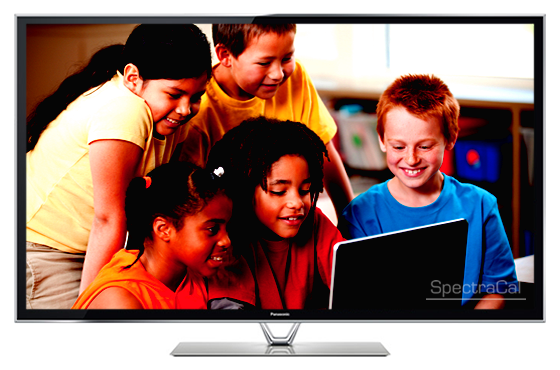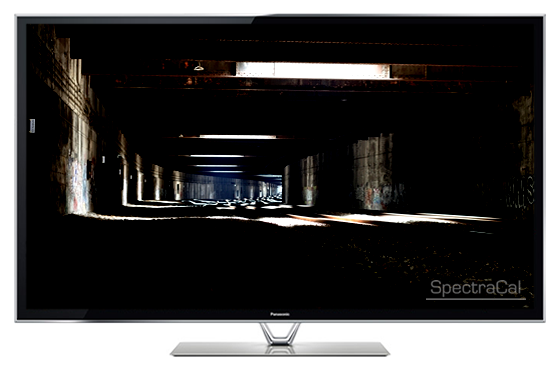

Images courtesy of SpectraCal
What is calibration?
Calibration is the process of testing and correcting equipment settings to achieve a standardized output that matches the original source content.
So what does that mean? It means tweaking your TV settings to reproduce what the artist, director, or show producer saw on their monitor and intended you to experience.
When television programs and movies are produced, transferred from film, broadcast, or cut to DVD, the process is painstakingly monitored on video displays precisely set to industry standards. It is these standards that allow professionals in different cities and around the world to communicate — everyone is on the same page, looking at the same shade of red, the same shadow detail, etc.
ISF calibration maximizes your display's potential to reproduce the full, original quality of these programs in your environment.
Benefits of calibration
- Maximize system performance (get the best out of the equipment you paid good money for)
- Experience programs and movies as they were intended
- Easier on your eyes
- Often extends component life
When your system is properly calibrated, you will clearly see the breathtaking scenes and beautiful colors the director intended. Grass will be the right shade of green, and so will the teams' uniforms. You will hear the soft rustle of leaves in the distance, and the helicopters will fly right over your head in sync with the movie.
Calibrating to industry standards is the only way to capture the full potential of your home theater system. Remember, the room in which you install your home theater is as much of a component of the system as the video display or the speakers. If your system isn't calibrated, you're robbing yourself of the full experience.
 Video calibration: What makes a "great picture"?
Video calibration: What makes a "great picture"?
It is sharp and life-like with:
- Dynamic range
- Appropriate color saturation
- Proper colorimetry
- Excellent resolution
Video calibration will produce the most accurate image, with the truest colors, with film-like picture qualities.
Most installers simply adjust the basic user controls until the picture "looks right." They don't take any measurements, and they don't calibrate the display to any specific standard. Then, after a few weeks, it often looks different. In fact, manufacturers recognize that your display can look its best only when professionally calibrated after an initial aging period.
And a calibrated video display could use up to 50% less power and last up to twice as long as one left at the factory default settings.
 Audio calibration
Audio calibration
Like video calibration, audio calibration is the process of adjusting your audio system to allow you to hear the media as the creator intended.
Professional calibration involves extensive measurements of audio signals and analysis of how those signals behave in your room. Factors that impact audio performance include the capabilties of your components, the shape of your room, the placement of furniture and other objects within the room, and the materials the furnishings are made of.
A professionally calbrated sound system will produce:
- Easily understood dialogue
- Life-like clarity
- Subtle details at low volume
- Full, smooth sound which envelops you
- No rattles from pipes within or pictures on the wall
